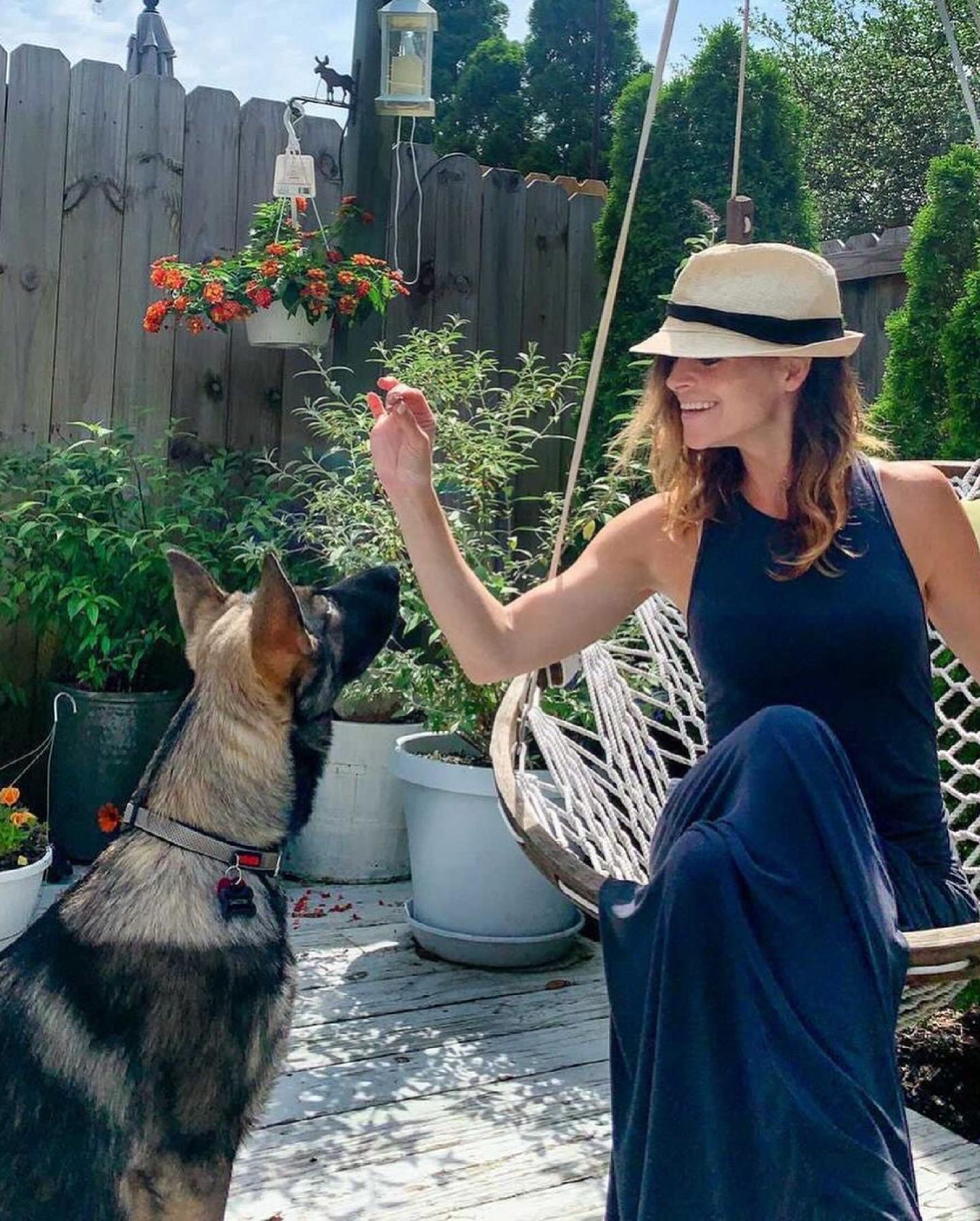
5 Tips to Help your Mind from Wandering in Meditation
Just as our heart and our lungs support our daily lives with their automatic functioning, so too does the mind with its constant planning, analyzing, preparing, sorting, prioritizing, critiquing, labeling, and judging.
As human beings, its JOB is to keep us alive, allow us to categorize, remember, and apply judgment and calculated decision making. As such, it’s NO WONDER that you may have trouble quieting it down during meditation!
Sometimes, this leads us to believe we simply aren’t capable of ever shutting the mind off, but with these 5 tips, we might be able to begin to GIVE the mind a new job, and instead of trying to wrestle it, we can allow it to find the freedom it so deeply craves!
1. Grounding - Sounds, Touch, Smell, Sense
With eyes closed, find a comfortable seat and begin to just SENSE the room or space around you. FEEL the body and all the places it touches the earth. HEAR the sounds and let them be a part of this moment with you instead of trying to block them out. SMELL the air and feel it gentle touch the nostrils.
The next level of why: By concentrating on the elements and texture of the senses in the present moment, it connects us to WHAT IS and not what should be.
2. Primary Object – Consciousness of the Breath
Once you have arrived into your space, bring your attention to your primary object, in this case, the breath. Watch the breath with childlike curiosity as if it is the first time you have ever observed, felt, and released the breath. Thich Nhat Hanh uses the following mantra in his book “Breathe, you are alive!”:
“Breathing in, I know I am breathing in,
Breathing out, I know I am breathing out.”
The next level of why: We are giving the mind a new job – the conscious observer. It gets to be curious, and watch all the layers of the breath. You might even notice that you’re noticing your thoughts distract you from the breath, that’s ok. Every time this happens, gently bring your attention back to the breath. Instead of saying “Shoot! My mind is racing again!”, say “Wow, I just noticed the breath again!”. Changing the language of how we speak internally to ourselves is part of the process of practicing as a compassionate observer.
3. Body Awareness/ Calming the Body
Once we have been able to focus our breath, we may naturally notice that our body has calmed down as well. If you discover tension as you scan your body, notice that. If you find ease, simply notice that as well. Notice how with each breath, you have the ability to calm the body.
The next level of why: Our nervous system is a magical thing (and functionally incredible as well). Our breath and our ability to focus the mind on the breath in turn naturally allow us to find awareness and calm in the body. By noticing this, we can start to realize HOW MUCH potential we have to re-regulate our body and calm it down whenever we can tap into the presence of our breath.
4. Observing Emotions/Thoughts as they Arise like Clouds
As emotions and mental formations arise, see if you can watch their airy-like quality as if they are clouds in the sky. Watch as they come in, and just as quickly they depart and another one slips into view. Slowly they will meld and morph into new ones with each passing moment and as the observer, you can watch them in their natural flow.
The next level of why: As my teacher, Beryl Bender Birch used to say, when we become the observer of our mental formations, we have the chance to ‘get off the bus’. Think of the bus as our rollercoaster of emotions and thoughts. Each and every bus stop or moment we observe our thoughts and emotions is an opportunity to ‘get off the bus’, and come back to the present moment. Try stepping off the bus whenever you realize the thoughts are starting to sweep you away again and just watch them go by instead.
5. Maintaining Compassion and your Primary Object
Once you are able to recognize the temporary nature of mental formations, see if you notice any desire to label them as ‘good’ or ‘bad’. See if you may begin to cultivate equanimity by simply recognizing them without labels. You may even welcome them to the party by saying “Oh hi there sadness…hello fear… I see you anxiety.” By inviting the present moment in with compassion and then refocusing on our primary object – the breath – we cultivate equipoise to the present moment.
The next level of why: As you begin to recognize the emotions as they arise, you can even welcome them into the experience by calling them out. “Hello, fear – I see you pain.” When we resist “bad” thoughts or feelings, we actually only draw them closer to us. By cultivating equanimity and solely becoming the observer, we already find separation from these emotions and we are able to literally – get off the bus. It’s not that we do not feel them, it’s just that we can watch them evolve, change, and maybe even slightly lessen their grip on us. By maintaining compassion towards ourselves and then bringing our focus back to our primary object, we can not only get off the bus, but we can begin to find peace with all that we encounter.
For further information on the Full Awareness of Breathing, check out:
Thich Nhat Hanh, “Breath, you are alive!” – a deep study into the Full Awareness of Breathing
Beryl Bender Birch’s Website and Facebook page with free meditations on the Full Awareness of Breathing
If you liked this blog, check out our other blogs like: "Grounding Meditations," "Root Chakra Meditation," "Top 4 Meditation Apps to Unwind & De-stress" or "Thanksgiving Morning Meditation."




